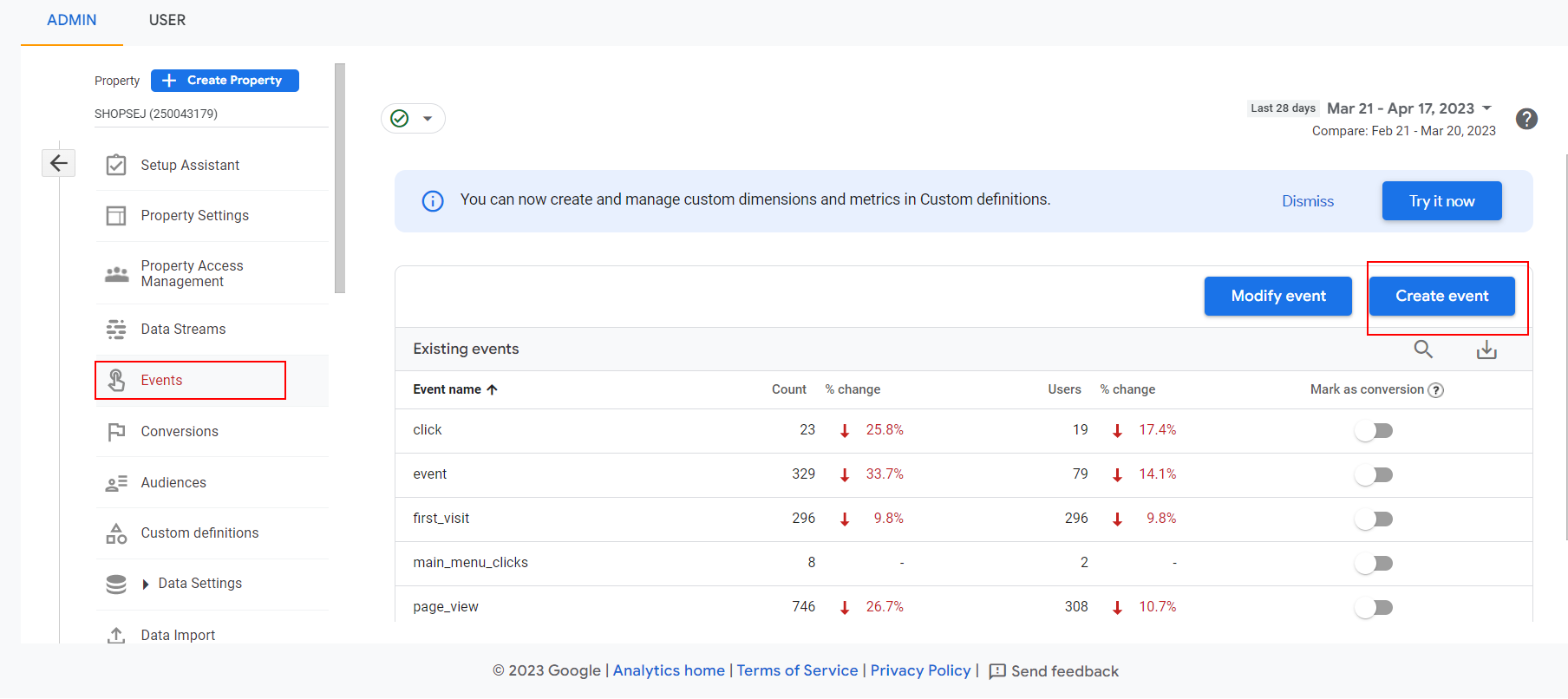Google Analytics Event Tracking - Truths
Table of ContentsThe Single Strategy To Use For Google Analytics Event TrackingThe Ultimate Guide To Google Analytics Event TrackingOur Google Analytics Event Tracking IdeasSome Known Factual Statements About Google Analytics Event Tracking The Best Guide To Google Analytics Event TrackingSome Known Facts About Google Analytics Event Tracking.

If you're going to establish event tracking manually, after that you're mosting likely to have to add some added code to the elements you want to collect information from. The code you're going to function with will certainly look something like this: There are four elements within that code fragment that you're mosting likely to require to define on your own: event, Group, occasion, Activity, event, Label and event, Worth.
As you can see, 2 of these are needed (group and action) while label and value are optional. Everything relies on the type of information you want relayed back to Google Analytics when a customer clicks on the specified component (Google Analytics Event Tracking). It will be a lot easier to specify these elements if you evaluate your web site and choose which elements/actions you intend to track
Google Analytics Event Tracking Can Be Fun For Everyone
Currently, you'll be asked to specify the and and you'll wish to choose from the drop-down menu that shows up when you click. This will certainly raise the same event monitoring elements we looked at earlier, which you'll need to complete. When you've defined these, you can move down to the 2nd box and pick the trigger that will certainly fire your tag.
On the following screen, you'll likewise have an area for calling your trigger and, if you click the box, you'll see a checklist of the different triggers you can choose. In this situation, we desire to pick and afterwards pick the choice below. You'll establish the trigger to just terminate when an element is clicked with an URL that consists of the.
Easy - Occasion tracking! Event tracking gives you a photo of exactly how individuals involve with your website and business. Check out on as we check out whatever you require to know, including what it is, why you ought to track events, how to manage occasions data, and other relevant Frequently asked questions you may have.
The 7-Minute Rule for Google Analytics Event Tracking
You can switch between your event categories, activities, and tags in the Top Occasions report. The Event Pages record shows the pages where occasions are activated.
It reveals you the path they take as they relocate from one event to the following and aids you to identify which content engages your target market one of the most. Events in Google Analytics have four major elements. They are also a component of the event tracking code. Google Analytics utilizes these codes to track user interactions and group them right into event records.
Choose "Variables" > "Configure". A list of the specifications you can additional resources track on your web site is on the. Under Clicks, Forms, and Video clips, double-check each criterion. After checking all needed areas, you can click "X" to shut the home window and return to the Introduction food selection left wing.
The Single Strategy To Use For Google Analytics Event Tracking

If you haven't done so, you might require to set up a variable in the Google Analytics Setups box. After this, enter your GA monitoring ID in the Tracking ID area.
To do this, comply with the following series of activities: After configuring the fields, pick the "Triggering" section. When configuring your new trigger, click the "+" switch, then the "pencil" button, then pick your trigger type.
The Of Google Analytics Event Tracking

When it comes to understanding which sections and components are guiding customers through your conversion funnel, you still will not recognize. Without occasion monitoring, GA records will just count brows through as single-page sessions, also if customers invest a lot of time on one page and engage with it considerably (and a bounce).
But how does event tracking attain this?Single-web page sessions understood as bounces start and conclude on the very same web page. Without occasion tracking, GA will identify a customer's see as a bounce if they don't browse to another web page, no matter how they connect with it. A video-rich page can have a greater bounce rate if Get More Info events are not tracked.
The Single Strategy To Use For Google Analytics Event Tracking
For GA to take occasion hits into account when measuring bounce rates, you need to select "Non-interaction occasion" as "False" during the GTM configuration. Setting "occasion objectives" with occasion activity is an excellent means to track individual tasks use this link you value extremely, such as brand-new lead submissions or clicks on a phone call to action.